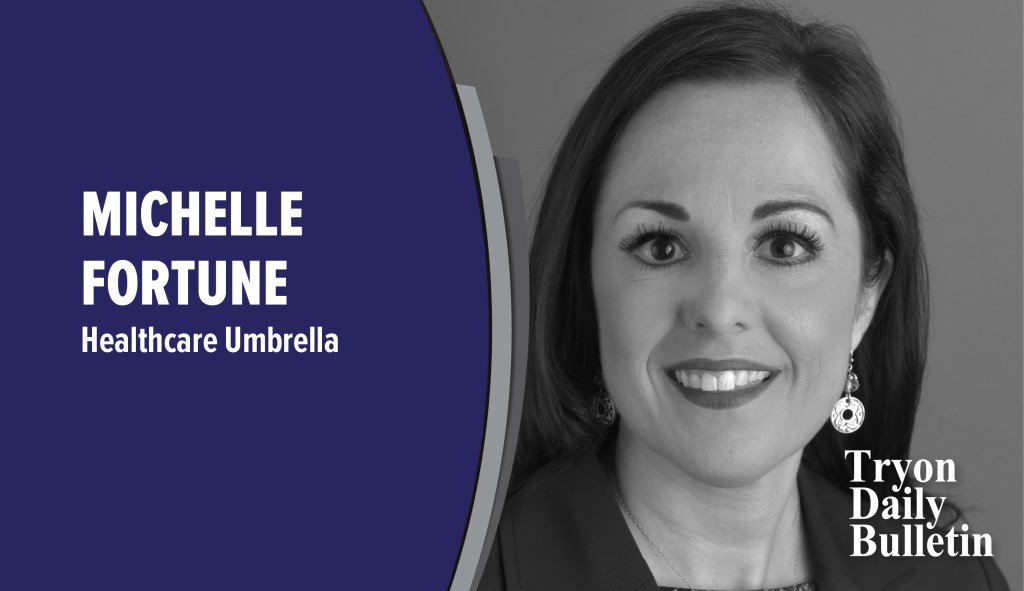Unhealthy Eating: A Silent Epidemic
Published 3:36 pm Tuesday, February 14, 2023
|
Getting your Trinity Audio player ready...
|
Princess Diana, Karen Carpenter, Audrey Hepburn, Lady Gaga, Elton John, and Dennis Quaid. There are just too many to list.
I’ve not spoken much about eating disorders in past articles, but it’s an illness that affects our population just as seriously as heart disease, cancer, and other medical conditions. In fact, an estimated twenty million women and ten million men in America suffer from an eating disorder.
If you think about it, eating is one of the most complex aspects of our lives every day. Eating is affected by genetics, hormone imbalances, biological changes, injury, illness, mental health, and even images reinforced by culture and media. With all of these moving parts, I hope you get a sense of the magnitude of the problem.
So, what is an eating disorder? While the name of the disease indicates eating, it’s a severe mental health condition that requires psychological and medical intervention. A plethora of untreated emotional and subconscious factors can lead to unhealthy eating habits and even death. And while eating disorders affect anyone at any age, adolescents and young adults are most affected. Thirteen percent of all eating disorders are established by age twenty.
There are several types of eating disorders:
ANOREXIA NERVOSA is an obsession that often begins with a detrimental view of body shape and weight. The net result of this form of the disorder is weight loss through self-starvation. Second, only to opioid use, anorexia has the highest mortality rate of all mental health diagnoses. Anorexic patients usually have a body mass index under 18.5 for their height.
Anorexia nervosa has two subtypes: restricting and binge eating. The restricting type practices extreme fasting and excessive exercise. Those who binge eat will consume excessive amounts of food and then purge by vomiting, laxatives, enemas, or diuretics.
Symptoms of anorexia include brittle and thinning hair, teary eyes, halitosis, yellowing skin, hypotension, abdominal distension, the absence of menstruation in women, being considerably underweight, restrictive eating patterns, and unhealthy body image.
BULIMIA NERVOSA is frequently a dieter who eats low-calorie foods while secretly binging on high-calorie foods. The bulimic has similar food, weight, and body shape obsessions as the anorexic. A bulimic can be underweight, average-weight, overweight, and even obese. Unfortunately, the behaviors of the bulimic are often hidden and unnoticed by those closest to them.
Symptoms of bulimia include out-of-control eating, purging, compensatory behaviors and self-esteem issues influenced by fear of weight gain.
Unrealistic social attitudes toward body image often lead to bulimia. Bulimic teens commonly come from stressed-out families with unrealistic expectations. Bulimics repeatedly suffer from anxiety, mood swings, obsessive-compulsive disorder, and substance abuse. They also tend to be emotionally immature and self-isolating.
BINGE EATING DISORDER is associated with episodes of consuming excessive quantities of food in short periods, losing control, and being stressed over their behavior. Unlike bulimics, binge eaters have no compensatory behaviors to void the excess food. Instead, these people have feelings of extreme shame, disgust, and guilt. Chronic binge eaters risk obesity, hypertension, cardiovascular disease, stroke, and type 2 diabetes.
PICA EATING DISORDER is obsessive eating of foods with no nutritional value and not considered food. Substances consumed by picas include soap, paper, string, hair, paint chips, charcoal, and pebbles. Autism spectrum disorder and intellectual disability are prevalent in people with pica.
Pica symptoms include stomach pain, damaged teeth, bloody stool, and lead poisoning.
Other eating disorders include rumination disorder, avoidant/restrictive intake disorder, purging disorder, night eating syndrome, and orthorexia.
TREATMENTS FOR EATING DISORDERS are unique for each specific disorder type. Cognitive behavioral therapy and enhanced cognitive behavioral therapy identify the beliefs interwoven into the thinking leading to the eating disorder. With thoughts and ideas identified, custom strategies help manage the behavior healthily.
Interpersonal psychotherapy therapy works best for binge eating and bulimia. IPT seeks to identify social and interpersonal issues leading to the eating disorder. Those issues frequently include feelings of isolation and expectation disputes with family members, employers, and friends. This type of therapy also identifies and treats role transitions and intense grief.
Family-based treatment is effective for children and adolescents. FBT includes family members in the recovery process by providing a healthy diet and interrupting unhealthy behaviors like binge eating and purging.
There are additional therapies and medications to help ease the mental health issues that lead to eating disorders. Your provider will discuss how each problem area contributes to your eating disorder and determine the therapeutic approach to help you improve your communication and interpersonal skills to reduce those symptoms.
Eating disorders are diagnosed based on symptoms and eating habits. If your provider suspects you have an eating disorder, they will likely perform an exam and order tests to help identify a diagnosis.
If you have a healthcare topic of interest or want to learn more about St. Luke’s Hospital, send me a note at Michelle.Fortune@slhnc.org. Also, please follow us on Facebook, Twitter, and LinkedIn, or visit our website at StLukesNC.org.



